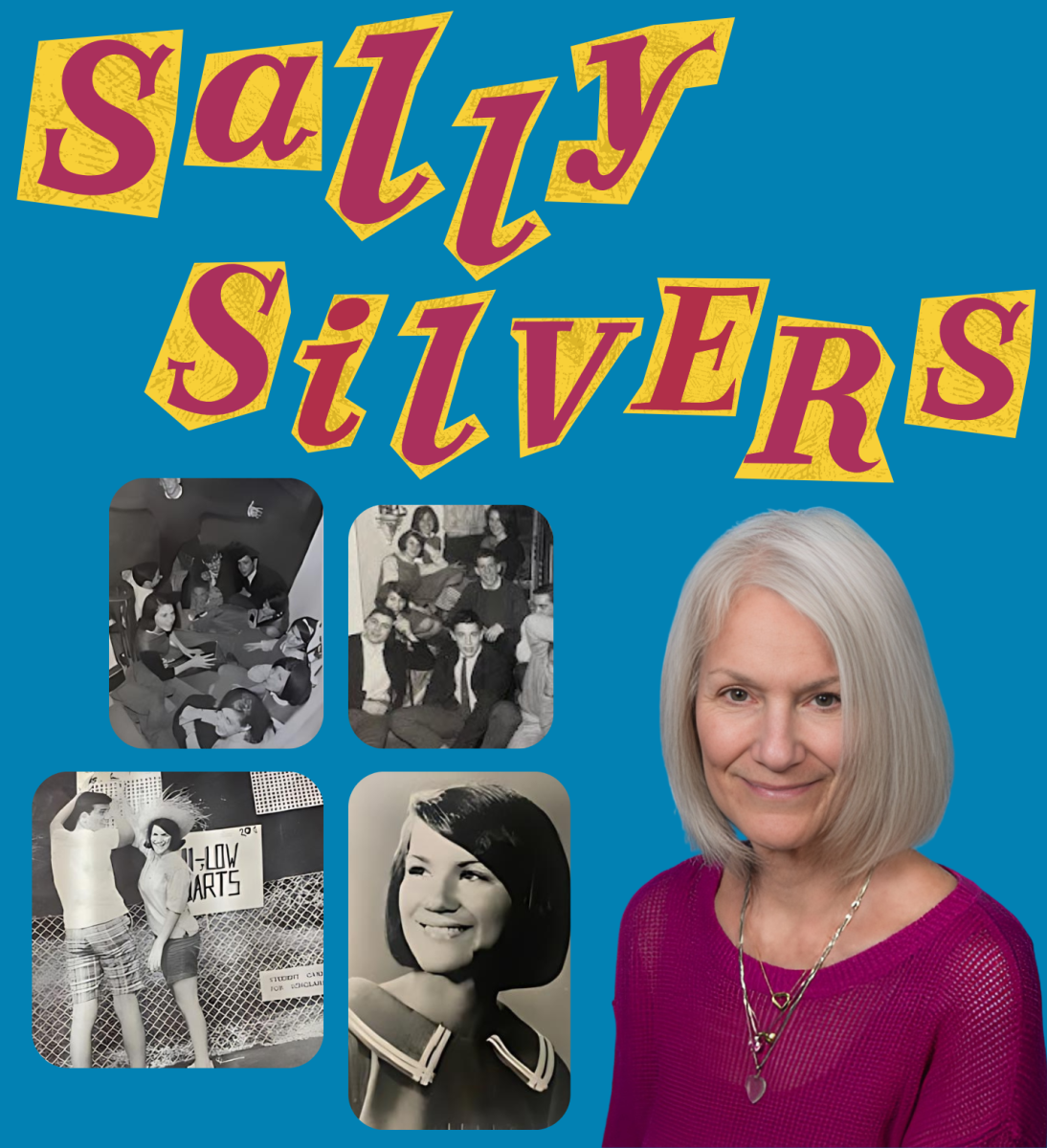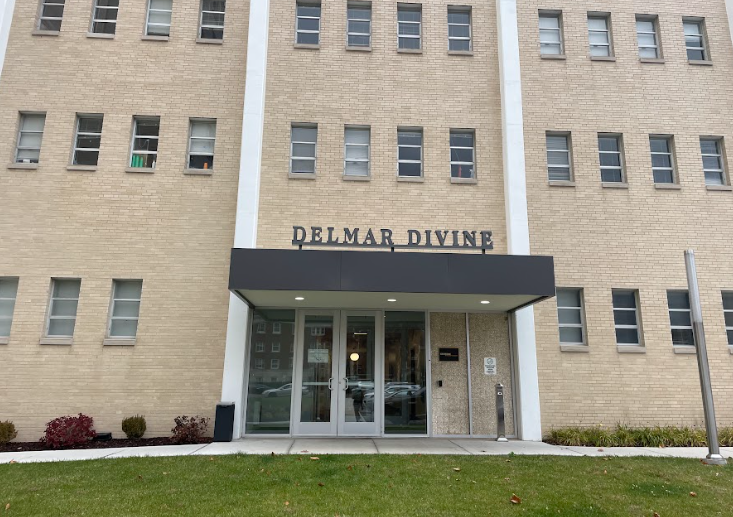Out on the remaining half of the CHS quad are two sugar maple trees—but these are no ordinary trees. Donated by the class of 1928, they have since aged alongside countless graduating classes. And one of the original students who planted the trees is currently a cause for celebration.
Carl Rogge, now one of the oldest surviving CHS graduates, recently celebrated his hundredth birthday.

Rogge attended the Homecoming parade and football game, as well as last year’ graduation of the hundredth CHS class, and has watched his former high school—as well as hometown—change over the years. Both, he claims, have changed “a thousand percentâ€, starting with—but certainly not limited to—the fact that the CHS that Rogge knew didn’t have a Homecoming to go to.
However, CHS was still quite involved in sports—much as it is now.
“We had tennis courts on the east side of the building,†Rogge said, “and behind the school we had a field, but with no seats, and a sort of track—you couldn’t actually run races on it, but you could practice.â€
CHS has undergone numerous changes over the years, and though its core course matter has stayed roughly the same over the decades—Rogge particularly enjoyed history and geometry classes, among a list of others—its facilities have not. The change that has impressed itself upon Rogge the most, however, is the CHS library.
“Several years ago, I was talking to the [CHS] librarian,†Rogge said. “And she said the library now has 25,000 books—and maybe 35 to 36 of them are checked out. Our library was the back wall of the study hall, maybe 35 feet wide, and we had maybe 500 books. And maybe we checked 2-3 of them out.â€
Of course, the list doesn’t stop there—Rogge cites the auditorium and the gym, even the lunch counter, which he refers to as ‘unbelievable’, among others—and for good reason; decades after Rogge’s graduation, CHS itself moved in 1954 to its current location.
Before the move, CHS was located across the street from the grade school and in front of a small café-type house where children could buy food for lunch—all CHS had to offer in terms of sustenance, according to Rogge, was a drinking fountain.
Rogge’s experience in Clayton was one of a different lifestyle: Clayton, much younger and still developing in places, was less complex than it is now.
Transportation across Clayton, as Rogge noted, has changed drastically over years—as Clayton has grown, so have the ways of traversing it. The Wydown streetcar (affectionately referred to as the ‘Wydown Dinky’ because of its size), used to run down Wydown Boulevard’s now-grassy median. Until Skinker was a common mode of travel, though, Rogge admits he didn’t use the streetcar much.
Hitchhiking, it turns out, was also popular among schoolchildren.
“There were some apartments on Skinker, and children had to walk down Wydown to school,†Rogge said. “And sometimes people might pick you up and drive you as far as they were going, and then of course you’d have to walk the rest of the way.â€
As is the case currently, there was no busing system, and so tuition-paying children coming in from out-of-district areas would often pay farmers to give them a lift to school and back.
Clayton itself has progressed as well, and the products are seen in both what has been built up as well as what is no longer there. When Rogge was in school, he would often work in one of his family’s grocery stores, of which there were seven. Those stores—Jim Remly Markets—as Rogge said, “are long goneâ€.
However, in terms of entertainment, Clayton has come a long way.
“There wasn’t anything to do in Clayton,†Rogge said. “It was a dull town.â€
Though bowling was just starting to come out, which Rogge would sometimes try with friends, and there were a few movie houses on Grand street—where one could trade 50 cents for a show complete with an orchestral overture, news briefing, a chorus show, and then finally the feature—there wasn’t much else to do.
Rogge also notes that most of the “good†clothing stores were downtown. And in 1928, clothing was a different deal.
“We used to wear suits all the time, and we were never without a tie,†Rogge said. “We didn’t care how hot it was—sometimes we’d wear straw hats.â€
In addition, jeans were for “garbage peopleâ€â€”or anyone whose job required heavy labor, but they were not for everyday wear, a sentiment that Rogge harbors till this day.
“Nowadays, people wear jeans all the time, and they say it’s okay,†Rogge says. “I don’t care. I still don’t own a pair.â€
Clayton has in itself been the site of steady change, but memories of its bygone days are planted firmly in a seat of esteem: in addition to the preserved class portraits from each year, those in Rogge’s class—the class of 1928—hang in a place of tribute near the principal’s office.
Rogge’s class—which had about 60 graduates, of the 290 total CHS students—was one of many firsts: the first to give anything back to the school, namely the trees. It was also the first to have a class reunion, another of which Rogge plans to hold for just him and his other remaining classmate, Betty Weinert, who resides in Arizona.
For Rogge has never stopped being a part of CHS. He still visits it periodically—especially the one thing that still grabs his attention the most: the library.
“I try to stop by,†Rogge said. “I go in, and am amazed.â€






